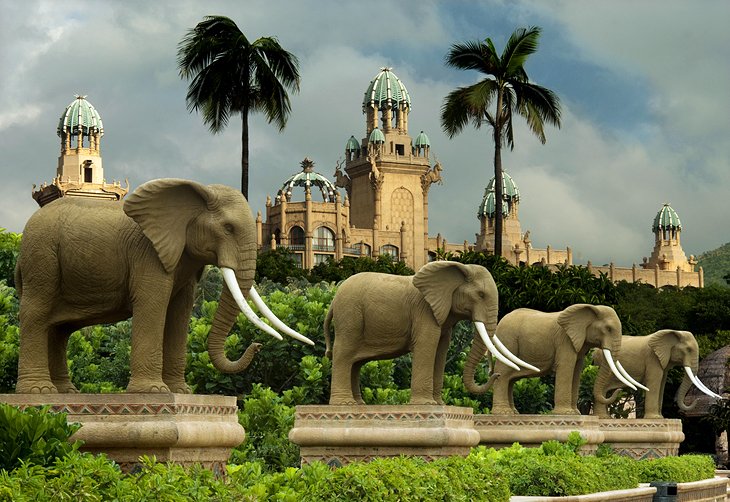Johannesburg North Attractions Things To Know Before You Buy
Johannesburg North Attractions Things To Know Before You Buy
Blog Article
8 Simple Techniques For Johannesburg North Attractions
Table of ContentsThe Of Johannesburg North Attractions6 Easy Facts About Johannesburg North Attractions ShownThe Ultimate Guide To Johannesburg North AttractionsThe Ultimate Guide To Johannesburg North AttractionsGetting My Johannesburg North Attractions To WorkAn Unbiased View of Johannesburg North AttractionsHow Johannesburg North Attractions can Save You Time, Stress, and Money.
Nevertheless you need to keep security in mind and visitors should continue to be alert at all times when in strange surroundings. Speak to the locals when you are in community to learn about the location you are remaining in. Johannesburg North attractions. When on the street (this does not use to shopping malls and other safe settings) best basic recommendations is to try your ideal to look like a neighborhood and to prevent presenting any type of kind of wide range
The smart Trick of Johannesburg North Attractions That Nobody is Talking About
Professor Revil Mason O. J. (Thomson, 1946) checked out the Witwatersrand's pre-colonial background. His historical work blew up the 'em pty land' myth, according to which the region was lacking human habitation prior to the arrival of European settlers. In his magazines Prehistory of the Transvaal: A Record of Human Activity (1962) and Beginnings of Black Individuals of Johannesburg and the Southern Western Central Transvaal Advertisement 3501880 (1986 ), Professor Mason showed the extent of social and financial development in the area before Europeans established foot here.

The Greatest Guide To Johannesburg North Attractions
He showed the government's permission, approved after he had promised to maintain his discoveries trick. In 1874, small mining procedures were begun in the Magaliesberg, where an Australian, Henry Lewis, had actually discovered gold deposits. In 1878, David Wardrop discovered gold in quartz blood vessels at Zwartkop, north of Krugersdorp. In 1881, Stephanus Minnaar stumbled upon gold on the farm Kromdraai, near the Cradle of Humankind.
In March 1886, an outcropping (soon to be called the Main Reef) was discovered, fairly fortuitously, on Gerhardus Oosthuizen's ranch Langlaagte. Some state that the Lancastrian coal miner George Walker uncovered this coral reef. An additional itinerant English prospector, George Harrison (who had previously worked in Australian mines) acquired a prospecting licence in respect of Langlaagte in May 1886.
He made a decision to go on in a mission for greener fields, and disposed of his Langlaagte claim for the handsome sum of 10. Alas: below lay the wealthiest goldfield ever located. The discovery of this abundant auriferous reef provoked a gold thrill that signified completion of agrarian serenity in the southerly Transvaal.
It would, within six years, end up being the largest town in southerly Africa. Within a years, it would certainly make the Z. A. R. till after that an anarchical and insolvent little state the wealthiest nation in Africa. By the millenium, the Z. A. R. was to go beyond Russia, Australia and the United States of America to end up being the world's leading gold manufacturer, creating even more than a quarter of the globe's gold.
More About Johannesburg North Attractions
It was called Ferreira's Camp, named after Colonel Ignatius Ferreira. He was a Boer traveler upon whom the British authorities had presented the condition of Companion of one of the most Distinguished Order of St Michael and St George (qualifying him to the post-nominal letters C. M. G.) in gratefulness for his function in the battle that had deposed the Pedi king Sekhukhune in 1879.
Two other camps were developed: Meyer's Camp on the farm Doornfontein, and Paarl Camp. The latter was nicknamed Afrikander Camp; several people from the Cape Colony resolved there.

The Johannesburg North Attractions Statements
This name got currency by word of mouth, such that the State Assistant verified the name to the Mining Commissioner on 9 October 1886. Stands in the town were auctioned on 8 December 1886. While some stands were cost 10, others were torn additional resources down for as little as sixpence.
2 years later on, these erven were to change hands for as high as 750 each. The tented camps decreased as a dorp of corrugated iron buildings established and increased north of the mines situated along the Key Reef Road. Locations such as Jeppe's Town (where working-class immigrants erected their dwellings) and Doornfontein (where the upscale new 'Randlords' began to construct their opulent homes) were Full Report quickly included in the ever-expanding map of the community.
Not known Facts About Johannesburg North Attractions
Apart from the road names, there were no indicators of Johannesburg being located in a Dutch-speaking country., almost everyone spoke English and even the Government slaves addressed one in English, unless they were initial addressed in the Taal (or Low Dutch)'.
Britain had an interest in ensuring optimum problems for gold production on the Witwatersrand, and that the gold was exported to London rather than Berlin an imperative provided all the more clamant by the Z. A. R.'s raising toenadering with Germany. Mine owners got on a clash with Head of state Kruger, whose policy of monopolistic giving ins (commonly given to his check here cronies) prevented mining firms from obtaining supplies of products (especially dynamite) and work on their very own, cheaper terms
The Of Johannesburg North Attractions
In 1890, the Volksraad had limited the franchise to white guys that had stayed in the Z. A. R. for fourteen years or longer, thus disqualifying many of the immigrants (that occurred to be the significant factors to the fiscus). Frustration for the ballot was a plain pretense for advertising a different program; most uitlanders concerned themselves as short-lived visitors and had no purpose of remaining in the Z.
Report this page